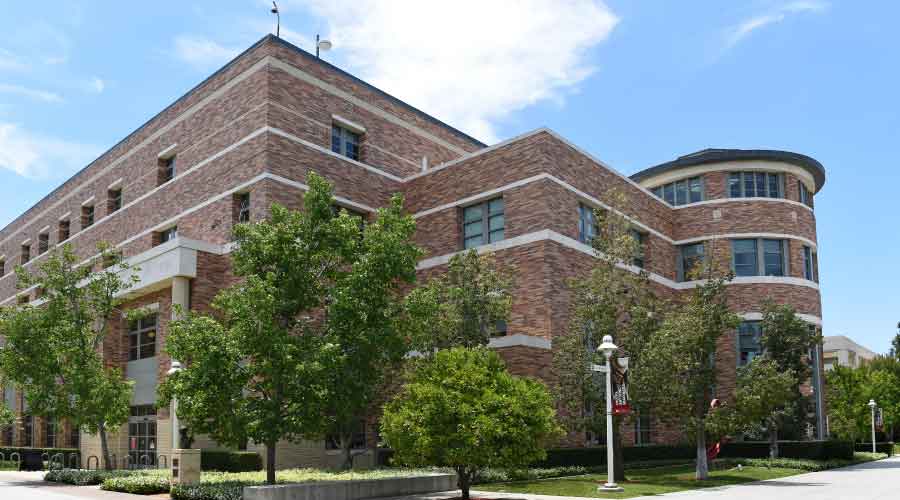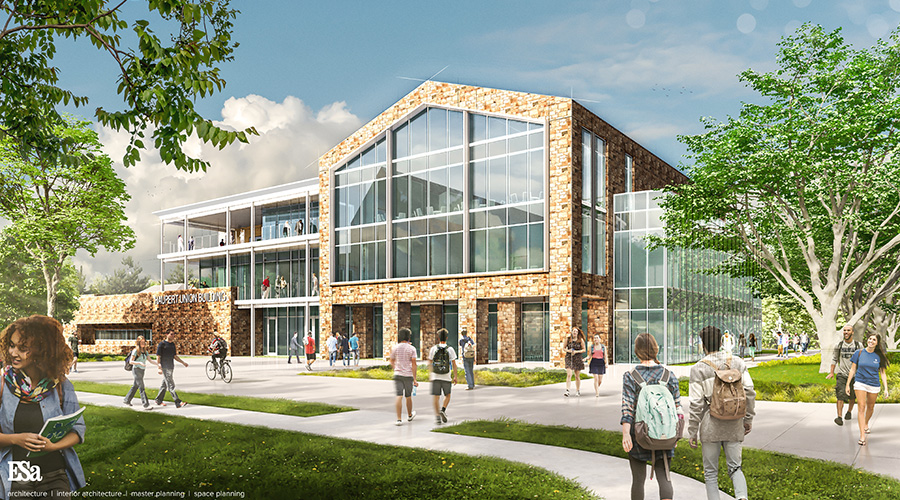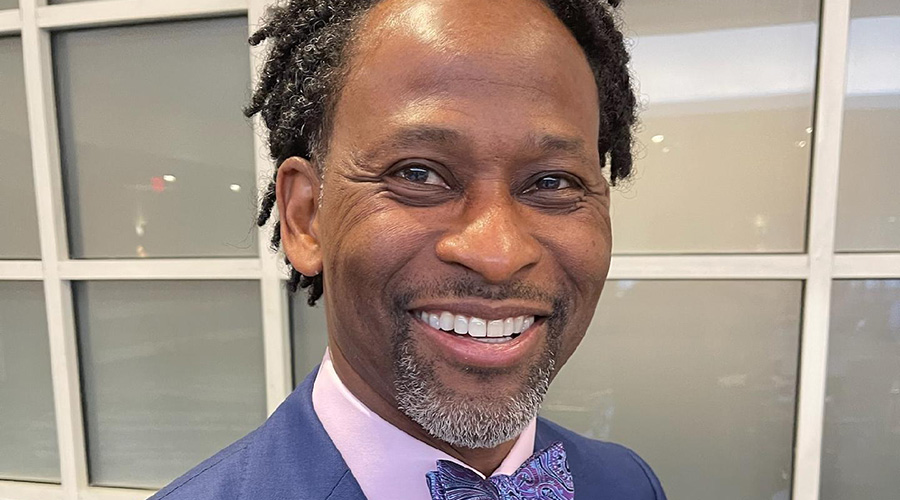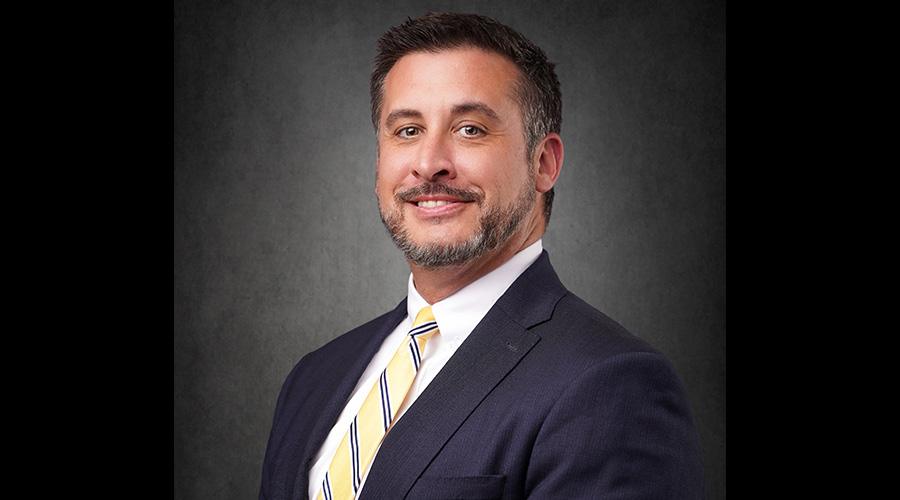5 Indications Your Campus Needs a Master Facilities Plan
Long-term planning is essential to keeping campus facilities contemporary. Here are five signs that you’re overdue to complete a new master plan.
By Mike Emerson, contributing writer
Facility managers often spend a lot of their days putting out fires and don’t always have the luxury or the freedom to shift from being reactive to proactive. Universities are made up of several separate departments which, over time, will naturally devolve into separate fiefdoms issuing misaligned directions and competing priorities unless very deliberate consensus building efforts are undertaken. The process through which collective decisions are made at the institutional level needs to be clear and communicated with purpose and regularity. Due to myriad competing external and internal factors, an institution’s efforts may not always align with its stated and previously published priorities. In a post-covid world, now more than ever, institutions need to be nimble, adaptable, and clever just to survive.
Campus leadership may find that their message is either non-existent or terribly unclear. A campus master planning effort can deliver quick improvement for many of these common institutional aliments. The outcome of a master planning effort is actually of secondary consequence and takes a backseat to the basic act of key stakeholders being assembled in a single space, focusing on a set of campus issues and arriving at some level of consensus. Don’t be afraid to plan and don’t assume that you know beforehand where you’re going to wind up. While any master plan, however carefully crafted, will have a defined shelf life, the common voice, as well as the countless hours of conversation, analysis, and consensus building that the master plan represents, if administered effectively, is a remarkably powerful tool that can propel institutions forward. Here are five indicators that can be applied to almost any institution to determine whether or not you are due for an updated campus master plan:
- 1.) Physical progress on campus appears to be slow. Progress appears to be isolated to routine maintenance and pedestrian improvements…but the bigger moves just aren’t being made. In order to move a project to the sub committees of the Board of Trustees, it must first be agreed upon at the cabinet level, and a series of workshops, focus groups and surveys are needed just to have any sort of major initiative considered by the group. People notice construction activity and it subconsciously comforts them. Administrators love to have cranes and other construction equipment present in and around their institution. The presence of new construction makes such a positive and confident statement about not only the present health, but the long-term health of the institution. The act of building asserts an institution’s confidence in its own future and provides and communicates a permanent statement and benchmark of where the institution was and was heading at that specific point in time.
- 2.) Priorities vary among the members of the campus leadership team. Particularly with the “great resignation,” it is getting more and more difficult to recruit, secure, and maintain a consistent group of qualified and motivated institutional leaders in their respective positions for any extended period of time. The review of a recently completed master plan would almost certainly be a welcome opportunity to any new institutional leader who is seeking to familiarize themselves with an institution’s past, present, and extrapolated future. The President, Chief Operations, or Facilities Director positions can benefit greatly from either leading, facilitating, or simply initiating a master planning process. The opportunity for open dialogue on a level playing field can create the desired forum to voice honest assessments, opinions, and perspectives that might not be as appropriate or as well received in other meeting environments with more focused and task-oriented agendas.
- 3.) The campus community feels left out, out of touch, and unsure of future direction. This is really no one’s fault, so don’t feel guilty. This is a natural occurrence at the final stage in the process of an institutional master plan running its course. Either a decent share of the projects proposed in the last master plan have been completed or a change in leadership has necessitated a change of direction and the circumstances under which the previous master plan was conceived, produced, and published no longer exist. They will sound like complaints, they will be worded like complaints, but don’t internalize these messages as complaints. These are calls for help and reassurance from stakeholders who truly believed every recommendation proposed in the previous master plan to be a permanent proclamation of what is to come etched in stone. This is where the facilities professional must toe a very fine line. One cannot completely dismiss your previous institution’s master plan without risking the validity and credibility of the effort upon which you are about to embark. Take advantage of this opportunity to give credence to previous campus planning efforts while providing the context and reasoning for an “updated” planning exercise. Soothe their feeling of loss with reassurance that their interests will certainly be represented moving forward. Master plan efforts are a great tool through which to affirm and define an institutional commitment to thoughtful growth, institutional stabilization and diversity, equity, and inclusion.
- 4.) Space problems persist with unengaged acceptance. This happens when alternatives are apparently neither available nor even envisioned. This could be a common perception among faculty and staff who sit day after day and submit the occasional miscellaneous work order with the sole purpose of reminding the facilities department that a human being actually occupies that space below the stairs into which we squeezed a “temporary” office. For the first few months, the unfortunate “office” occupant assures everyone, in an effort to reassure themselves that their situation is temporary and as projects identified in the current master plan are completed, they will be rewarded with the best and biggest office on campus with a glorious view of the quad included. After six months in the “office,” doubt and questioning begin to set in, as does anger and resentment. The stalled progress of a master plan can claim victims in many ways. A once happy and content institutional staff member’s attitude has devolved into a cynical and temperamental mental state that threatens their very desire to remain employed. As the facilities professional, you need to be aware of these conditions and make every effort possible and plausible to accommodate and support this person. The alternative can be devastating.
- 5.) The institution reverts to standard operating procedures, because “that’s the way we’ve always done it.” This is tantamount to regression in a modern institution and can visibly communicate deeply engrained structural issues to those the institution serves. This will present evident and noticeable substandard performance metrics not only to those you serve, but also to your competition to exploit. The fact that stacks of paper sit on clerical desks waiting to be copied is an indication that your institution is being controlled and held back by deeply intrenched processes upon which administrative assistants maintain a death grip out of fear. While it is difficult to force staff to go “paperless,” it is the world we live in and the observer will assume the likelihood that the institution’s archaic practices may not be limited to how it handles paper. Building automation, cloud based environmental controls, software and hardware capabilities and support all speak volumes regarding the adaptability of your organization as well as your institution's ability and willingness to embrace change. The choice is yours. Embrace the digital wave with automation or be pushed out while clinging to conventional processes. Identifying technological improvements and operational efficiencies to be gained through their institution is certainly well with the realm and scope, and likely a welcome addition to your effort to update your master plan.
As the person who is in charge of your respective institution’s facilities, it is your responsibility to also assert your own level of institutional and operational knowledge throughout the process, which is likely much greater than that of anyone else who could possibly be involved, in the unlikely event that you are not personally running and managing the entire project already. In the interim, you will need to be cognizant of the rates at which physical improvements occur on campus; observe differing priorities among the various members of the campus leadership team; be sensitive of and responsive to the members of your institutional community feeling left out, out of touch and unsure of the future direction that the institution is pursuing; monitor persistent space problems and accompanying unengaged acceptance and work to keep your institution from reverting back to former standard operating procedures. The master planning experience be remarkably fulfilling and enlightening.
Mike Emerson is principal at the design firm Lamar Johnson Collaborative.
Related Topics:












